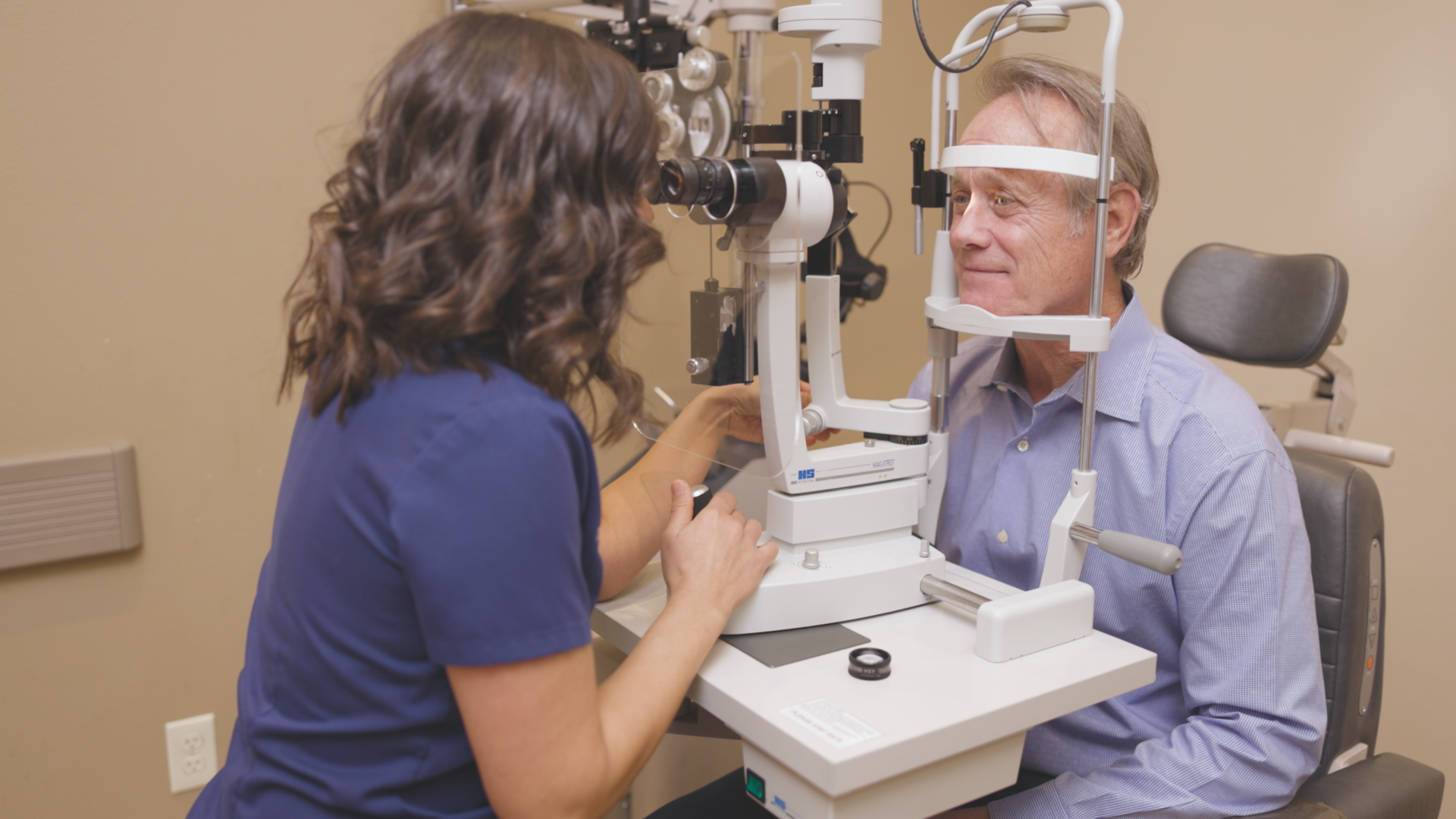Why Choosing an Eye Doctor Optometrist is Important for Your Eyes
Why Choosing an Eye Doctor Optometrist is Important for Your Eyes
Blog Article
Discovering the current Technical Advancements in Optometry and What They Mean for Eye Doctors
From the precision of Optical Coherence Tomography to the nuanced understandings used by AI-driven diagnostic tools, these developments are setting brand-new criteria in individual assessment and therapy. As these advancements permeate the practice, eye doctors are faced with the obstacle of accepting these devices to boost client end results.
Technologies in Diagnostic Devices
Progressing the field of optometry, innovations in diagnostic tools have actually reinvented the method eye treatment professionals assess and diagnose aesthetic impairments and ocular conditions. The previous years has experienced substantial technical developments, allowing more thorough and exact analyses.
One more key advancement is the intro of advanced corneal topography systems, which map the surface area curvature of the cornea with accuracy. These tools are specifically valuable for fitting contact lenses and identifying corneal problems. Moreover, digital retinal imaging has changed typical ophthalmoscopy, using detailed, breathtaking views of the retina that assist in detailed aesthetic evaluations.
The growth of wavefront aberrometry has additionally been crucial, allowing the analysis of refractive errors with unrivaled precision (Eye Doctor). This modern technology helps in tailoring restorative lenses and boosting surgical results for refractive surgeries. Jointly, these analysis improvements equip optometrists to deliver remarkable client care, ensuring early intervention and customized treatment strategies, eventually improving visual health outcomes
AI in Patient Monitoring
Building on the foundation of cutting-edge analysis devices, the unification of synthetic knowledge (AI) in client monitoring stands for a transformative jump for optometry. AI systems are progressively used to boost efficiency, precision, and personalization in client care.
Moreover, AI-driven systems facilitate streamlined individual interactions and management processes. Automated scheduling, digital examinations, and customized follow-up strategies not just enhance person satisfaction but additionally optimize time monitoring for experts. These systems can triage people based upon the urgency of their problems, making certain that those in critical demand obtain timely attention.
Additionally, AI improves decision-making by supplying eye doctors with evidence-based recommendations and therapy pathways. By incorporating information from digital health documents, AI devices use understandings that notify medical choices, decreasing the danger of errors and boosting individual outcomes. As AI proceeds to evolve, its duty in client administration will likely broaden, improving the landscape of optometric care.
Advancements in Retinal Imaging
In the realm of optometry, retinal imaging has actually seen impressive technological improvements that are enhancing diagnostic capabilities and person treatment. Innovations such as Optical Comprehensibility Tomography (OCT) and fundus digital photography have actually revolutionized just how optometrists examine the retina and visualize.
Enhanced imaging techniques like OCT angiography are further refining analysis precision. Optometrist Chino. Such developments promote the identification of minute retinal modifications that could indicate illness development.
Additionally, developments in expert system are boosting retinal imaging by allowing computerized analysis of large datasets. These systems aid optometrists in determining patterns a sign of pathology, consequently improving diagnostic precision and effectiveness. Collectively, these developments are transforming retinal imaging into a cornerstone of modern-day eye care, boosting end results and increasing healing possibilities.
Teleoptometry's Growing Function
Teleoptometry is increasingly coming to be an important element of eye treatment, driven by innovations in data and analysis devices. As optometry embraces electronic makeover, teleoptometry assists in remote appointments, enabling eye doctors to prolong their services beyond traditional borders. This is especially useful in rural and underserved locations where accessibility to specialized eye treatment is commonly minimal. By leveraging high-resolution video clip conferencing and advanced retinal imaging, optometrists can conduct thorough eye examinations from afar, making certain prompt medical diagnosis and therapy.
The integration More Bonuses of expert system (AI) more boosts teleoptometry, making it possible for the analysis of aesthetic data and assisting in the discovery of ocular conditions such as glaucoma and diabetic person retinopathy. AI-powered algorithms can swiftly translate intricate imaging data, offering optometrists with beneficial understandings that reinforce medical decision-making.
Additionally, teleoptometry sustains continuity of treatment with seamless assimilation with electronic health and wellness documents (EHRs), permitting eye doctors to keep detailed individual backgrounds. This ensures that patients get tailored and consistent treatment also when seeking advice from different professionals.
In spite of these benefits, challenges remain, including making sure information safety and security and taking care of individual assumptions. Nonetheless, teleoptometry stands for a significant stride towards more easily accessible, efficient, and patient-centered eye care. As modern technology advances, its function is poised to increase better.

Future Patterns in Eye Care
A myriad of ingenious fads is set to improve the future of eye care, driven by technical developments and the progressing requirements of patients. One substantial trend is the assimilation of man-made intelligence (AI) in diagnostics, which guarantees to enhance the precision and performance of eye examinations. AI algorithms can examine vast amounts of data from retinal pictures, potentially spotting conditions like diabetic person retinopathy and glaucoma earlier than traditional techniques.
Furthermore, individualized medication is getting traction in optometry, with genetic testing educating personalized treatment strategies. This strategy you could try this out intends to optimize individual end results by customizing interventions to individual hereditary profiles. Wearable technology, such as smart contact lenses, is also coming up, supplying real-time surveillance of intraocular pressure or sugar levels, therefore providing constant understandings into eye and systemic health.
The adoption of augmented reality (AR) and digital fact (VIRTUAL REALITY) in training and individual education and learning is one more emerging trend. These modern technologies offer immersive experiences that can boost understanding and skills both for optometrists and people. As these fads evolve, optometrists need to stay abreast of technical developments to offer innovative care, guaranteeing better individual results and satisfaction in the vibrant landscape of eye care.
Verdict

Collectively, these diagnostic improvements equip optometrists to supply superior individual care, ensuring early intervention and customized treatment methods, ultimately enhancing visual health and wellness end results.

As these technologies proceed to evolve, eye doctors have to adapt and integrate them right into technique, ultimately enhancing process effectiveness and raising the requirement of eye care delivered to patients.
Report this page